What We Know About Psilocybe stametsii So Far
Samples of Psilocybe stametsii have been collected twice over the past couple of decades. The first sample was collected from a cloud forest in 2011 by Dr. Bryn Dentinger from the University of Utah.
The second sample was collected in 2022 by Giuliana Furci from the Fungi Foundation, along with friends Robert Macfarlane (author) and Cosmo Sheldrake(musician). This sample was discovered in the Los Cedros Biological Reserve — an area protected by the Ecuadorian constitution under the Rights of Nature Articles.
The Appearance of Psilocybe stametsii
Psilocybe stametsii is remarkably small. It’s brown, with a dark brown stem and golden cap that gradually darkens at the center. It stands no taller than 3 to 4 centimeters and blends in well with the leaf-littered forest floor.
The most notable feature is the pointed cap with its sharp nipple — giving it the appearance of a “witch’s hat.” This can be noted in other Psilocybe species, and it looks remarkably similar to Psilocybe semilanceata (Liberty Cap) mushrooms that have opened out as they’ve matured
Psilocybe stametsii is a newly identified and relatively obscure species of psychedelic mushroom named in honor of Paul Stamets, a well-known mycologist and advocate for medicinal fungi.
🧬 Overview of Psilocybe stametsii
-
Genus: Psilocybe
-
Species: stametsii
-
Named After: Paul Stamets, for his contributions to mycology and psilocybin research
-
Discovered: Recently described in scientific literature (as of early 2020s)
🌿 Key Characteristics
-
Habitat: Found in tropical forest regions of Ecuador, particularly in humid, high-elevation cloud forests.
-
Appearance: Small to medium-sized brownish mushroom with a conic to bell-shaped cap, typical of the Psilocybe genus.
-
Potency: Presumed to be psychoactive due to its inclusion in the Psilocybe genus, but specific psilocybin/psilocin content has not been thoroughly analyzed.
-
Ecological Role: Saprophytic, growing on decaying plant matter.
⚖️ Legal Status
-
Like other Psilocybe species, Psilocybe stametsii is likely to be illegal to possess, cultivate, or consume in many countries due to the presence of psilocybin, a controlled substance.
🧪 Research Status
-
Still under early scientific investigation. It has potential for future study in the fields of ethnobotany, psychedelic therapy, and taxonomy.
-
Not yet common in cultivation or the underground mushroom market.
Here’s a comparison between Psilocybe stametsii, Psilocybe cubensis, and Psilocybe azurescens, focusing on taxonomy, potency, habitat, and cultivation:
🧬 Species Comparison Table
| Feature | Psilocybe stametsii | Psilocybe cubensis | Psilocybe azurescens |
|---|---|---|---|
| Discovery | Recently described (2020s) | Known since early 20th century | Discovered in 1979, named in 1996 |
| Named After | Paul Stamets | N/A | Terence & Dennis McKenna (Azurescens = Azure) |
| Potency | Unknown, presumed psychoactive | Moderate (0.6–1.2% psilocybin) | Very high (up to 1.8% psilocybin) |
| Habitat | Ecuadorian cloud forests (tropical) | Tropical/subtropical pastures, dung | Pacific Northwest USA (coastal dunes, wood) |
| Growing Substrate | Decaying wood/plant matter | Manure-based substrates | Hardwood chips, coastal wood debris |
| Cultivation Difficulty | Not yet cultivated (experimental) | Easy (great for beginners) | Difficult (requires outdoor cold weather) |
| Fruiting Temperature | Unknown | 23–28°C (73–82°F) | 10–18°C (50–64°F) |
| Season | Unknown | Year-round indoors, summer/fall outdoors | Late fall (October–December) |
🧠 Key Takeaways
- Psilocybe stametsii is an exciting new species but still largely untested and not available for cultivation or consumption.
- P. cubensis is the most commonly cultivated psychedelic mushroom worldwide due to its ease of growth and availability.
- P. azurescens is among the most potent known psilocybin species but is very difficult to grow indoors, thriving best in outdoor beds in colder climates.
What are Psilocybin Mushrooms?
-
Liberty Caps (Psilocybe Semilanceata): Known for their conical or bell-shaped caps, these mushrooms are popular among beginners due to their relatively mild effects.
-
Philosopher’s Stone (Psilocybe Tampanensis): This strain produces truffles or “sclerotia” containing psilocybin, often used for microdosing.
-
Wavy Caps (Psilocybe Cyanescens): Recognizable by their wavy caps, these mushrooms are potent and can induce strong hallucinogenic effects.
-
Golden Caps (Psilocybe Cubensis): A popular strain with various varieties, such as B+ and Penis Envy, known for their potent effects.
-
Microdosing: Taking small, sub-hallucinogenic doses (typically under 0.5 grams) to achieve subtle benefits like improved mood, creativity, and focus.
-
Full Dose: Higher doses can induce intense psychedelic experiences, including visuals, altered perception, and deep introspection.
-
Therapeutic Potential: Psilocybin mushrooms may help alleviate symptoms of depression, anxiety, PTSD, and migraines.
-
Creativity and Productivity: Microdosing can enhance creativity, focus, and problem-solving skills.
-
Anxiety and Paranoia: Higher doses can cause anxiety, paranoia, and panic attacks in some individuals.
-
Physical Effects: Nausea, dilated pupils, and changes in heart rate may occur.
-
Long-term Effects: Unknown, but potential risks include tolerance build-up and psychological addiction.
-
Legality: Psilocybin mushrooms are controlled substances in many countries, and their use may be subject to legal restrictions.
-
Safe Use: Approach use with caution, start with low doses, and ensure a safe and supportive environment
-
Author: Stamets has written six books on mycology, including “Mycelium Running: How Mushrooms Can Help Save the World” and “Psilocybin Mushrooms of the World”.
-
Research: He’s conducted extensive research on the medicinal properties of mushrooms and their potential applications in human health and environmental sustainability.
-
Awards: Stamets has received numerous awards for his contributions to mycology, including the Invention Ambassador Award from the American Association for the Advancement of Science and the National Mycologist Award from the North American Mycological Association.
-
Popular Culture: His work has even inspired a character in the CBS series “Star Trek: Discovery”, Lieutenant Commander Paul Stamets, an astromycologist who uses fungi to navigate the galaxy.
-
Medicinal Mushroom Research: Exploring the potential of mushrooms to boost the immune system and combat diseases.
-
Ecological Sustainability: Using fungi to restore ecosystems and promote biodiversity.
-
Conservation: Preserving ancestral strains of mushrooms in old-growth forests.
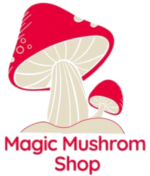
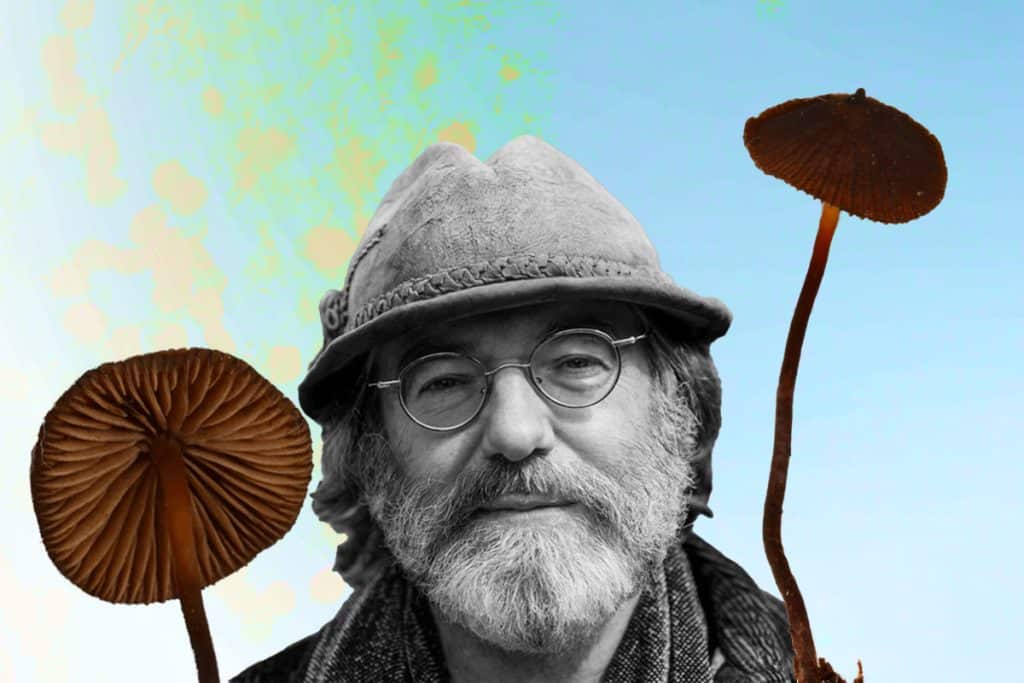
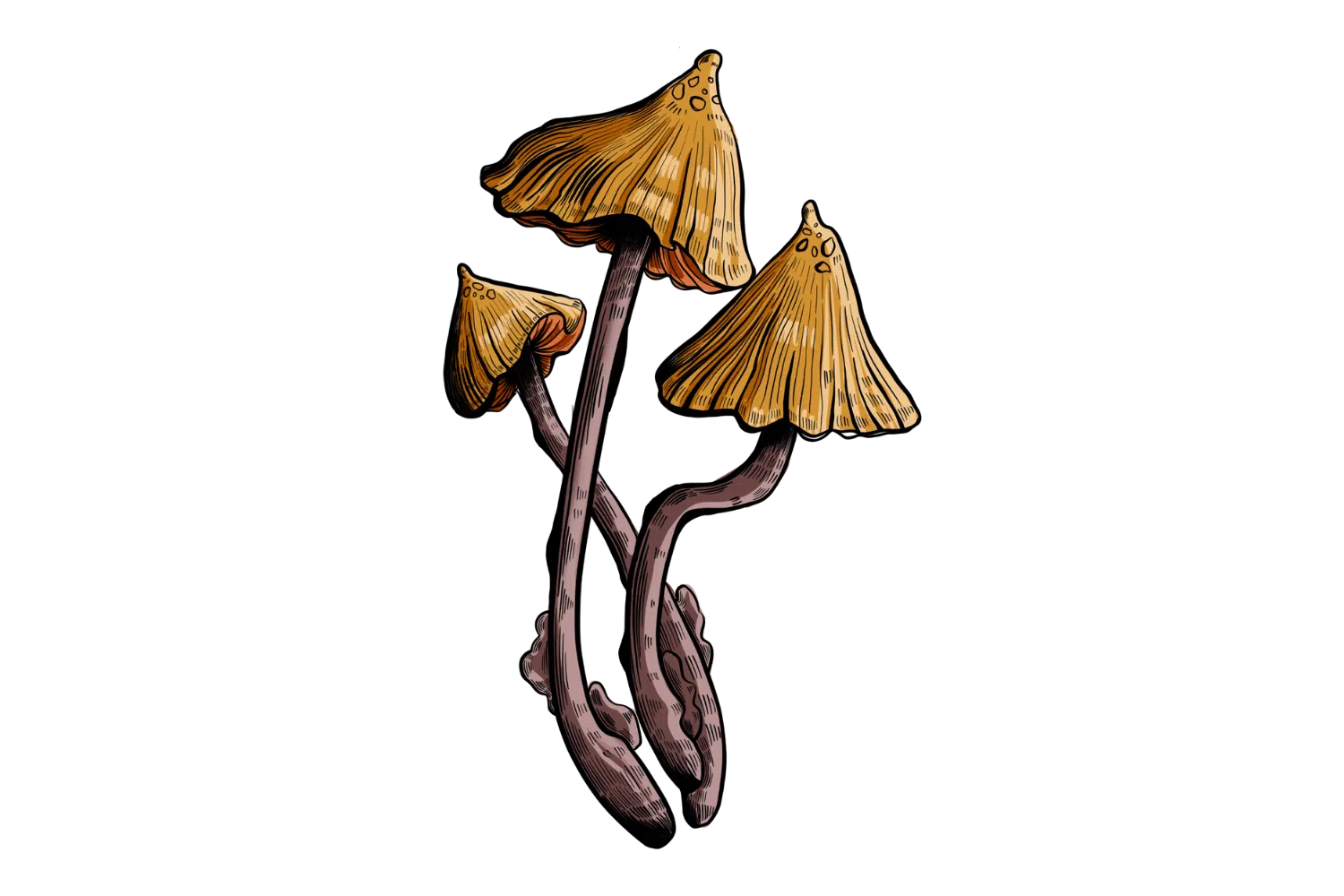

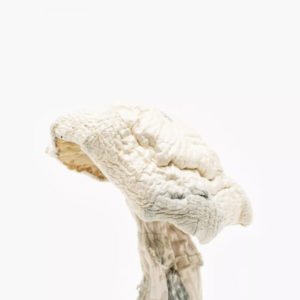
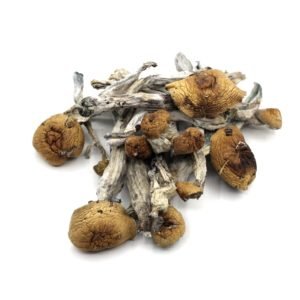
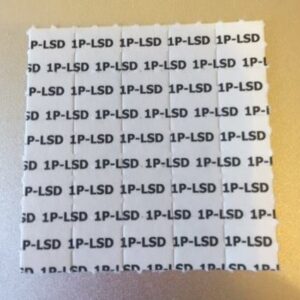
Reviews
There are no reviews yet.